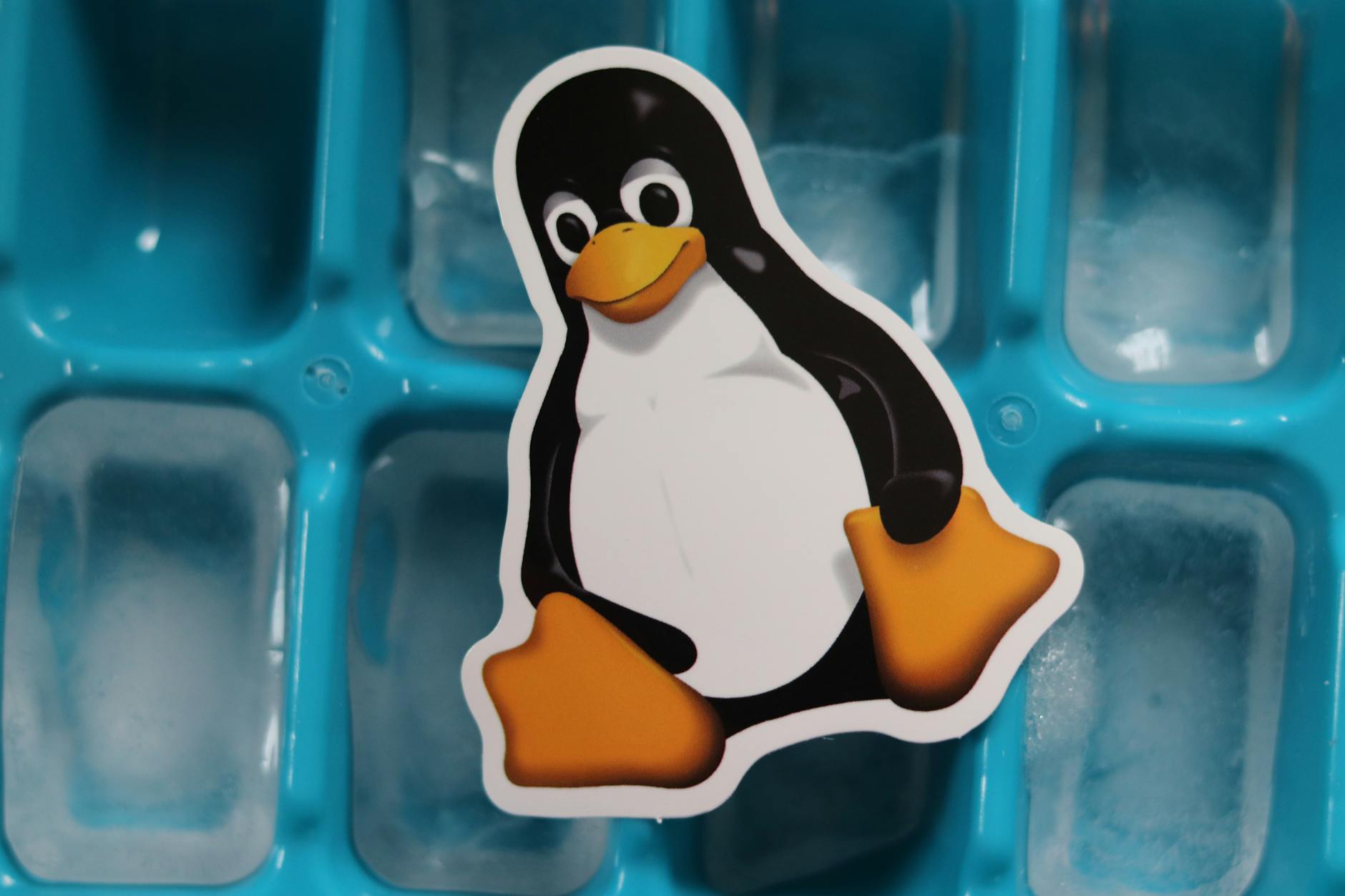Un buffer circular, también conocido como buffer anular o cola circular, es una estructura de datos que usa un único búfer de tamaño fijo, como si los extremos estuvieran conectados para formar un círculo. Es especialmente útil en situaciones donde los datos se producen y consumen a diferentes ritmos, como en operaciones de E/S, comunicaciones en red, o en aplicaciones donde se manejan colas de mensajes.
Aquí tienes un ejemplo simple de cómo se podría implementar un buffer circular en C para un sistema Linux. Este ejemplo asume un buffer circular para almacenar caracteres:
#include <stdio.h>
#include <stdbool.h>
#define BUFFER_SIZE 10
typedef struct {
char data[BUFFER_SIZE];
int head;
int tail;
int count;
} CircularBuffer;
void initializeBuffer(CircularBuffer *buffer) {
buffer->head = 0;
buffer->tail = 0;
buffer->count = 0;
}
bool bufferIsFull(CircularBuffer *buffer) {
return buffer->count == BUFFER_SIZE;
}
bool bufferIsEmpty(CircularBuffer *buffer) {
return buffer->count == 0;
}
bool enqueue(CircularBuffer *buffer, char value) {
if (bufferIsFull(buffer)) {
return false;
}
buffer->data[buffer->tail] = value;
buffer->tail = (buffer->tail + 1) % BUFFER_SIZE;
buffer->count++;
return true;
}
bool dequeue(CircularBuffer *buffer, char *value) {
if (bufferIsEmpty(buffer)) {
return false;
}
*value = buffer->data[buffer->head];
buffer->head = (buffer->head + 1) % BUFFER_SIZE;
buffer->count--;
return true;
}
int main() {
CircularBuffer buffer;
initializeBuffer(&buffer);
char value;
// Ejemplo de uso
enqueue(&buffer, 'A');
enqueue(&buffer, 'B');
enqueue(&buffer, 'C');
while (!bufferIsEmpty(&buffer)) {
dequeue(&buffer, &value);
printf("Dequeued: %c\n", value);
}
return 0;
}Este código define una estructura CircularBuffer para almacenar los datos del buffer. Las funciones enqueue y dequeue añaden y eliminan elementos del buffer, respectivamente. La función initializeBuffer inicializa el buffer, y bufferIsFull y bufferIsEmpty comprueban si el buffer está lleno o vacío.
Este es un ejemplo básico. Según tus necesidades, podrías necesitar agregar más funcionalidades o manejar situaciones de concurrencia, especialmente si el buffer va a ser compartido entre varios hilos o procesos.

… … …
¡Coméntanos que te ha parecido este artículo al final de la página!
TÚ OPINIÓN IMPORTA

NUESTRAS ÚLTIMAS PUBLICACIONES
- Fundamentos Teóricos de PHP, MySQL, phpMyAdmin, Métodos GET y POST, y el Concepto de CRUD
- Introducción a PHP, MySQL, phpMyAdmin y Cómo Crear un CRUD en PHP para Principiantes
- Teoría y Práctica: PHP, MySQL, phpMyAdmin y Cómo Crear un CRUD en PHP
- Título del Artículo: Cómo Crear un Formulario en PHP con PDO para Insertar Datos en una Base de Datos
- Título del Artículo: Cómo Crear un Formulario en PHP para Insertar Datos en una Base de Datos
- Crear un Formulario en PHP para Resolver Ecuaciones de Segundo Grado
- Los tartesos.

- La ciencias y grandes personajes.

- Cómo Activar las Teclas de Función (F1, F2, F3, etc.) desde la BIOS en un Asus ZenBook UX363EA

Contenido restringido










































































































































Comments are closed